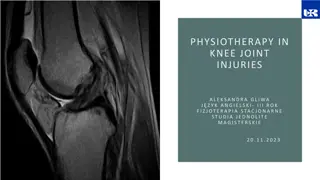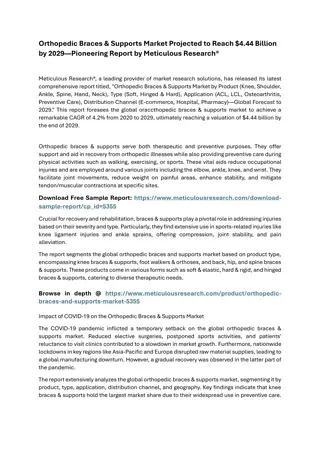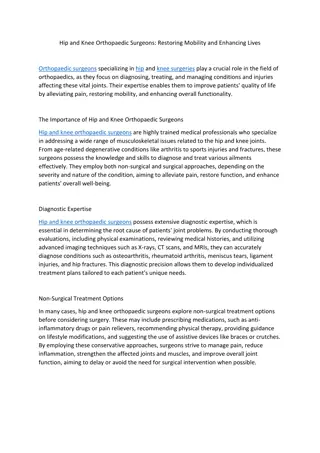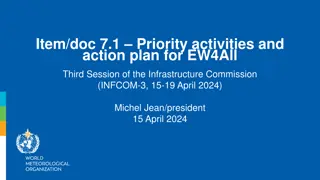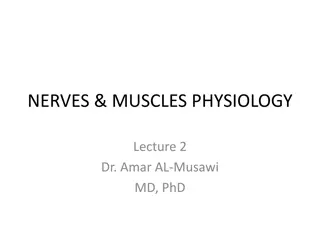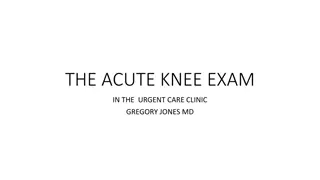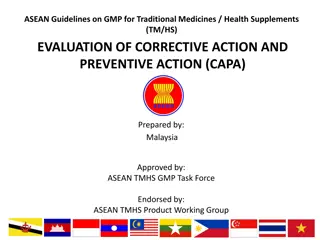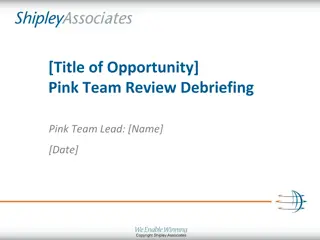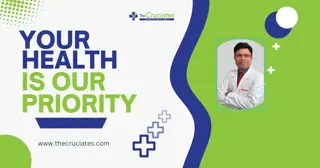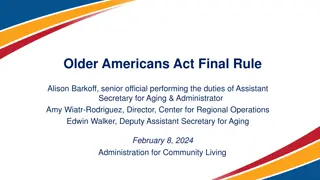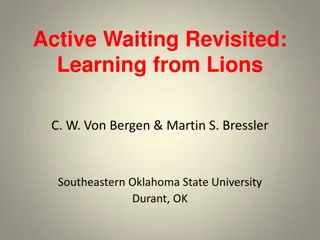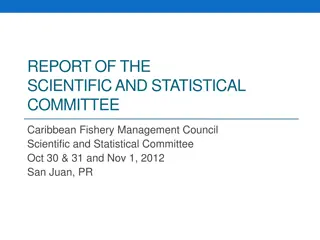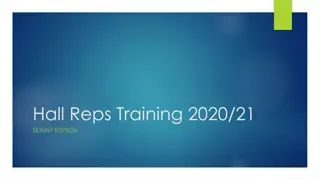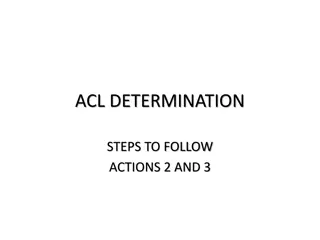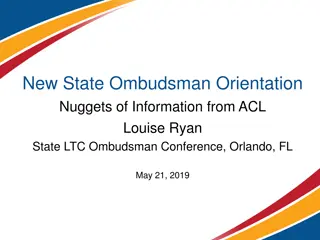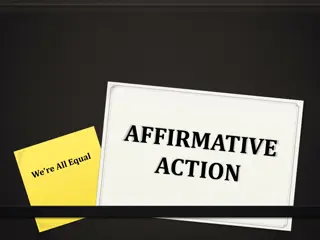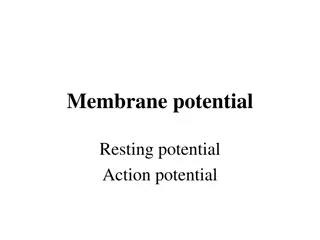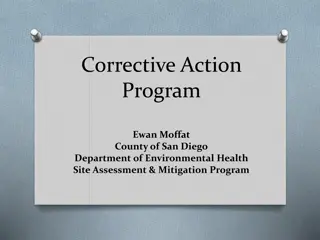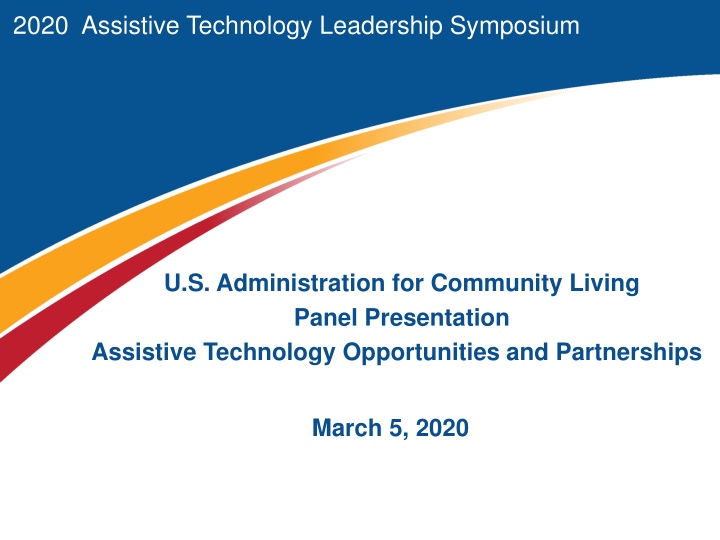
Advancing Assistive Technology Access and Awareness Across the Nation
This material highlights the Assistive Technology Leadership Symposium by the U.S. Administration for Community Living, focusing on partnerships, opportunities, and accomplishments in the AT field. It discusses the importance of cultivating state AT program partnerships to enhance access, accelerate technology adoption, and meet the functional needs of seniors and individuals with disabilities. The symposium emphasizes the potential of assistive technology to improve quality of life and enable individuals to thrive at home and in the community.
Download Presentation

Please find below an Image/Link to download the presentation.
The content on the website is provided AS IS for your information and personal use only. It may not be sold, licensed, or shared on other websites without obtaining consent from the author. If you encounter any issues during the download, it is possible that the publisher has removed the file from their server.
You are allowed to download the files provided on this website for personal or commercial use, subject to the condition that they are used lawfully. All files are the property of their respective owners.
The content on the website is provided AS IS for your information and personal use only. It may not be sold, licensed, or shared on other websites without obtaining consent from the author.
E N D
Presentation Transcript
2020 Assistive Technology Leadership Symposium U.S. Administration for Community Living Panel Presentation Assistive Technology Opportunities and Partnerships March 5, 2020
Questions To Run On What partnerships are state AT programs cultivating that could be leveraged to increase awareness and access to Assistive Technology? How can we accelerate the adoption of assistive technology? 2
Agenda Demand and Opportunity for Assistive Technology 2019 Accomplishments ACL Assistive Technology Partnerships To Increase Awareness Strategies Underway to Increase Awareness and Access to AT Discussion 3
Demand & Opportunity for AT Approximately 34% of Medicare beneficiaries, or 20 million, have functional limitations that could potentially benefit from assistive technology By 2029 there will be 14.4 million middle-income seniors, 60 percent of whom will have mobility limitations and 20 percent of whom will have high health care and functional needs at risk for institutional care and spend down to Medicaid Assistive technology can address functional needs and improve ability to thrive at home and in the community Pace of innovation in technology is impressive and will be transformative 4
Assistive Technology Act Program Accomplishments FFY 2019 Received $28 million Served close to 500,000 people Generated over $67 million in savings and benefits Provided over 36,000 short-term loans for over 54,000 devices on short term loans to individuals or entities Over 57,000 consumers received over 78,000 lightly used devices resulting in a savings of over $30 million 5
2019 Accomplishments Partnership Development with the AT Protection and Advocacy Programs AT Program presentations to: The National Long Term Care Discussion Group U.S. Army Wounded Warrior/Transition Programs with NC, SD, AT3 n4a Conference on AT Innovations with Georgia Assistive Technology Program inclusion in: Coordinating Council on Access & Mobility CCAM Mobility Summit Home modification presentation at the HCBS Conference Issued a blog for recycling day to promote AT reuse programs Convened the AT Leadership Expert Panel (LEP) 6
Assistive Technology Leadership Expert Panel 1. Identify ways to expand awareness and access to AT among older adults and people with disabilities through broad engagement across the nationwide aging and disability network. 2. Identify ways to maintain a dynamic compendium and searchable database of AT with a user friendly, interactive interface that would guide recommendations to individuals on use of AT to meet specific needs and goals. This would include how to ensure it would be a go to resource across sectors and end users, incorporate expert review, evidence or user feedback, and keep up with/capture new innovations. 3. Strategies to expand a qualified work force to support AT adoption and use through education, training and incentives. 7
Presidents Proposed 2021Budget FY 2021 President's Budget +/- FY 2020 Enacted FY 2021 President s Budget FY 2020 Enacted FY 2019 Final/1 Consumer Information, Access and Outreach 35.955 37.000 31.939 (5.061) Assistive Technology 33.962 35.000 31.939 (3.061) Assistive Technology (non-add) Assistive Technology Alternative Financing Program (non-add) -(2.000) 1.993 2.000 8
Reporting Instruments AT Annual Progress Report State Plan for AT Opportunities to Partner with other State Plans 9
Partnerships to Increase Awareness of AT AT Leadership Expert Panel Work Groups Partnership with the Federal Transit Administration, CMS and HUD webinars and publications January through September 2020 Veteran Engagement Action Centers May 2020 through November 2020 AARP, Commonwealth Fund and Scan Foundation Emerging Innovation paper Summer 2020 Elizabeth Dole Foundation Hidden Heroes Event Fall 2020 10
Opportunities to Increase Awareness and Access to AT Partnerships with AAAs, CILs, Tribal Organizations, DD Councils, SHIPs, Assistive Technology Protection and Advocacy Programs, UCEDD s Assistive Technology Toolkits Technology Company Training 11
Questions To Run On What partnerships are state AT programs cultivating that could be leveraged to increase awareness and access to Assistive Technology? How can we accelerate the adoption of assistive technology? 12
Contact Information Kelly Cronin, Deputy Administrator CIP U.S. Administration for Community Living Kelly.Cronin@acl.hhs.gov 202-795-7470 Lori Gerhard, Director Office of Consumer Access & Self-Determination U.S. Administration for Community Living Lori.Gerhard@acl.hhs.gov 202-795-7348 13
Thank You For Your Ideas & We Look Forward to Our Work Together to Expand Awareness & Access to Assistive Technology 14

